We thought we would dig out the data to update Bloomberg’s calculation of November 2008 that totaled the bank bailouts at $8.5 trillion.
Here is our list of additional commitments:
I. $750 Billion for Bank Bailout
There is reportedly $750B in the President’s 2010 FY budget for “the banks.”quotes Treasury Secretary Geithner as saying this is merely a “placeholder” in case of further deterioration of the economy and indicates the purpose of such funds would be further purchases of troubled assets. CBO scoring of this budget item results in a net expenditure estimate of $250B (meaning that, based upon the quality of assets purchased in the TARP program so far, the government would recover $.78 for every asset purchase dollar). OMB’s recovery estimate is a more conservative $.66 for each purchase dollar. Of course, this is not a final number until appropriated by Congress, and many changes will be made to the budget before it is final.
II. $787 Billion for the Stimulus Package, adopted by Congress as part of the American Recovery and Relief Act of 2009.
III. $1 Trillion for the Financial Stability Plan:
- $500B has been deposited into a Stability Trust.
- $500B – $1 Trillion is set for later deposit into a Public/Private Investment Fund.
The government’s fact sheet does not make clear whether the whole amount is public investment, however, as some press reports would seem to imply. Treasury Secretary Geithner’s speech as reported in the Washington Post seems to indicate that $1T is the total available to lend, so that amount would also include the private money being “leveraged.” This interpretation would be consistent with the $500B figure reported by the New York Times as the amount of the bailout related to the Public/Private Investment Fund.
IV. TALF – funded from TARP
On March 3, 2009, Treasury and the Federal Reserve announced the creation of the Term Asset-Backed Securities Loan Fund (“TALF”) “designed to catalyze the securitization markets by providing financing to investors to support their purchases of certain AAA-rated asset-backed securities” as a “component” of the Consumer and Business Lending Initiative (“CBLI”), which is established under the Emergency Economic Stabilization Act of 2008. This seems to indicate the government component of this facility would be funded with TARP funds. The Treasury press release states that the Federal Reserve Bank of New York will lend up to $200B to eligible owners of AAA asset-backed securities secured by auto, student, credit cared and SBA-guaranteed small business loans. CBLI guidelines provide that the government’s investment comes in the form of a Treasury investment in special purpose vehicles of Federal Reserve banks (like TALF). Notably, it also states that TALF was formed “to purchase collateral that borrowers from the SPV may forfeit” and that Treasury will share in the gains and losses of the SPV.
V. Exchange Stabilization Fund – Fed liabilities for money market fund losses – potential $46 – $50 Billion reduction in bail-out costs as reported by Bloomberg
According to the U.S. Treasury website, the $50B facility at Exchange Stabilization Fund to cover potential losses at money market funds only lasts (as extended) until April 30, 2009 unless the facility is extended again. Statements on the site seem to anticipate that Treasury probably will not extend it. Assuming there are no additional money market fund claims for losses, $46B would be SUBTRACTED from the Bloomberg list after April 30, 2009. [NOTE: The Bloomberg chart shows $50B under Treasury programs, Treasury Exchange Stabilization Fund with the description “buys and sells short-term notes to moderate fluctuations of foreign securities” and a $540B commitment ($0 tapped) by the Fed described as “buys financial assets from financial companies to bolster money-market mutual funds.” Recall earlier that the bailout chart offered by the New York Times in early February shows that Treasury spent $4B to cover losses on the liquidation of the Reserve US Government Fund. If the NYT account is accurate, ESF and not the Fed took this loss.]
VI. $2.274 Trillion Fed overnight lending facility
According to the New York Times, the Fed’s overnight lending was expanded to $2.4T. The Bloomberg chart seems to be counting $128B in that category — $10B under “overnight loans” and $118M under “secondary credit.
VII. $50 Billion More for Citigroup
On Friday, February 27, the government announced a conversion of $25B of Citigroup preferred stock into common stock, resulting in a 38% government stake in Citigroup. Reportedly, there is no additional cash infusion, but, according to the Option ARMageddon site:
“The move is an acknowledgment that more than $50 billion in government capital and a backstop on more than $300 billion in troubled Citigroup assets haven’t been enough to stop the bank’s slide.”
VIII. $ 50 Billion Additional AIG bailout [see: Federal Reserve Press Release]
The AIG bailout (originally, all in the form of an $85B line of credit for an 80% stake in the company) grew, but by how much is not clear. The Bloomberg chart indicates that $123B was committed by the Fed and $87B was actually taken down [all other sources refer to an $85B line of credit, so Bloomberg either knows something no one else does, or this is a mistake].
“The U.S. government’s role as a savior to AIG began in September, with a two- year, $85 billion credit line. Since then, it has grown; currently, the government is offering up to $173.3 billion in assistance.”
This $173.3B appears to include the original $85B.
The Wall Street Journal [http://online.wsj.com/article/SB123599072033008283.html] reports the following sequence of events [March 3]:
“The bailout of AIG has gotten bigger, and taxpayers have taken on more risk:
- Sept. 16: The government extends AIG a two-year loan of up to $85 billion, and gets a 79.9% stake in return.
- Oct. 8: Bailout loans increase to nearly $123 billion due to problems in AIG’s securities-lending program.
- Nov. 9: The rescue package increases to $150 billion, including a new $40 billion federal investment.
- March 1: The government makes $30 billion in TARP money available and cuts the loans to up to $25 billion.”
It is not clear what the “$40B federal investment” is. The Fed’s website says that the government exchanged its $40B cumulative preferred shares in AIG for new preferred shares that more closely resemble common equity, so it is likely there is no “new” $40B investment. The reduction of the “government” loans to $25B is actually a reduction of the $60B revolving credit facility put up by the Federal Reserve Bank of New York, not the government, so, essentially, the government’s commitment of TARP funds reduces the obligation of FRBNY. The Fed website [http://www.federalreserve.gov/newsevents/press/other/20090302a.htm] discloses that FRBNY holds a lien on a substantial portion of AIG assets as well as preferred stock in two new entities formed to hold all of the stock of two life insurance holding company subsidiaries of AIG (valued at $26B). The lien position means that the FRBNY has a superior position to that of Treasury as equity holder.
A third update on Bloomberg on March 3 reports:
“AIG is getting as much as $30 billion in new government capital and relaxed terms on its bailout announced yesterday.”
In a March 2 article, Reuters reports that the government’s exposure following the new bailout terms is $163B. Other headlines in the first week of March report that Senate leaders grilled regulators about the $180B AIG Bailout”.
Note: Bloomberg originally reported that the initial line of credit was backed by Treasury, but no other reports on the increased commitments mention a Treasury back-up. One thing is clear: the blurring of the distinctions between the interests of the “government” and of the FRBNY in the press and the failure of the press to give accurate, complete and critical accounts of the AIG bailout terms, including the superior position of FRBNY to that of Treasury, has left the taxpayers largely in the dark.
IX. $470 Billion Proposed increase in authority of FDIC to borrow from Treasury:
On March 3, Senator Dodd introduced a bill to expand FDIC’s line of credit with Treasury from $30B to $500B until the end of 2010. End-of-2008 reserves at FDIC were only $19B. The new borrowing authority would be limited to $100B unless consent of FDIC, Treasury Secretary Geithner, the Federal Reserve Board and the White House have been obtained.
* * * *
Update:
Tracking the $700 Billion Bailout
The New York Times (02 March 09)



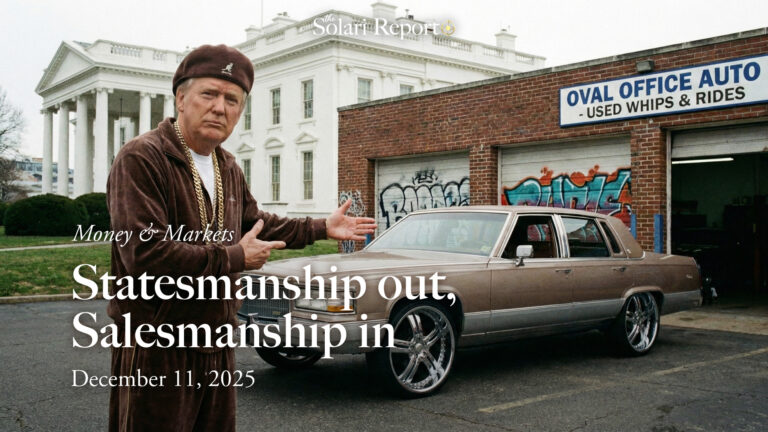
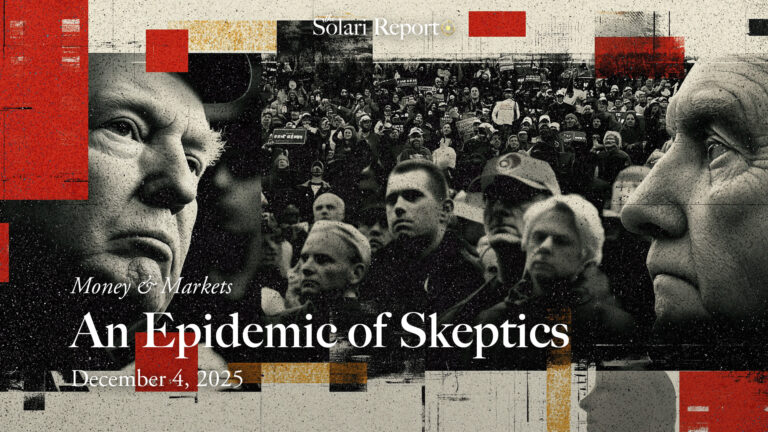

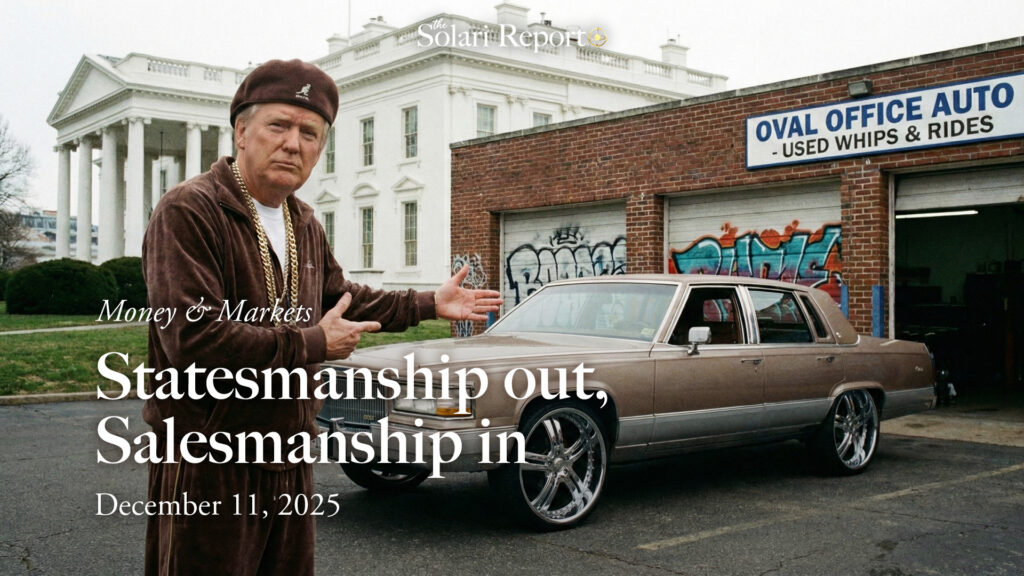
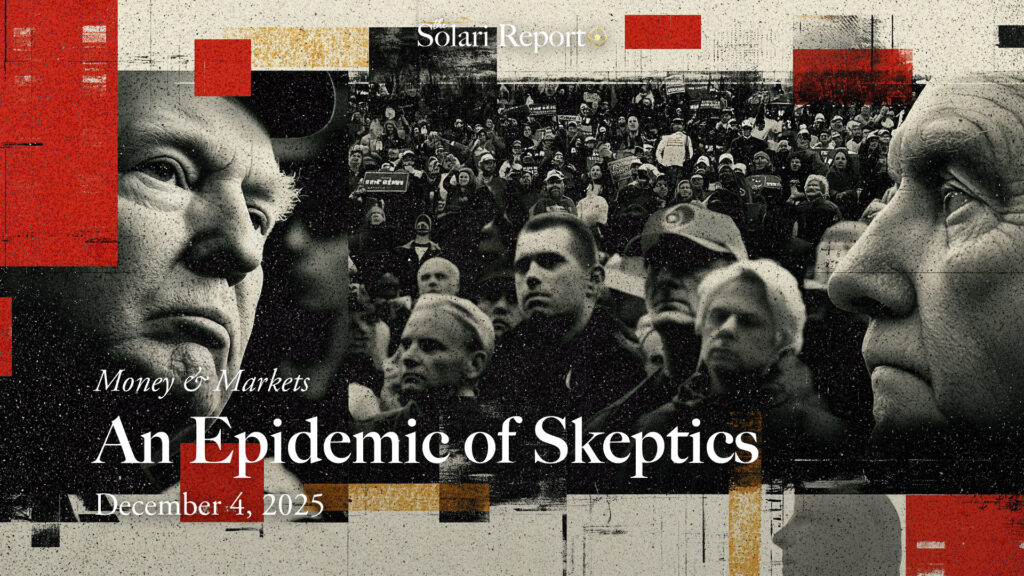








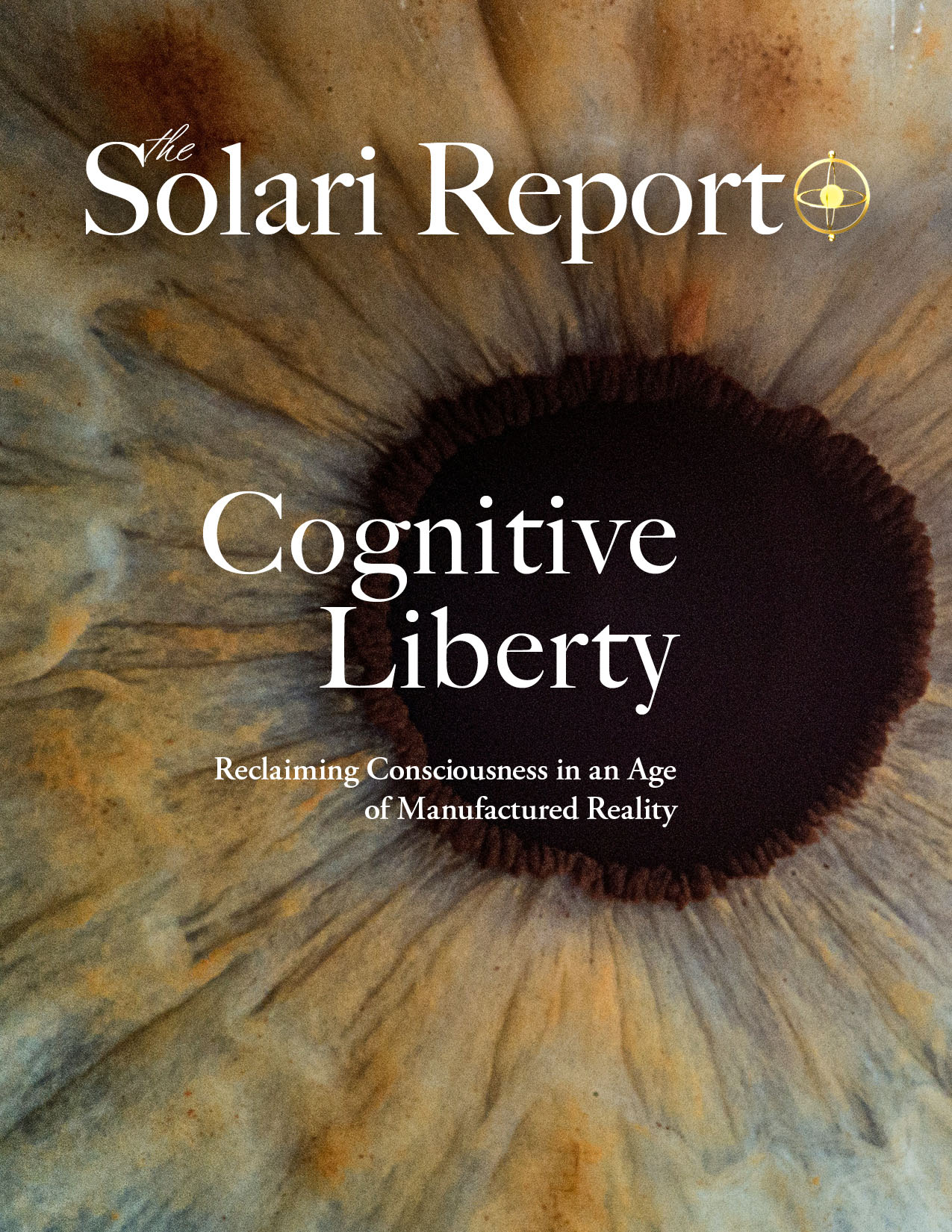
















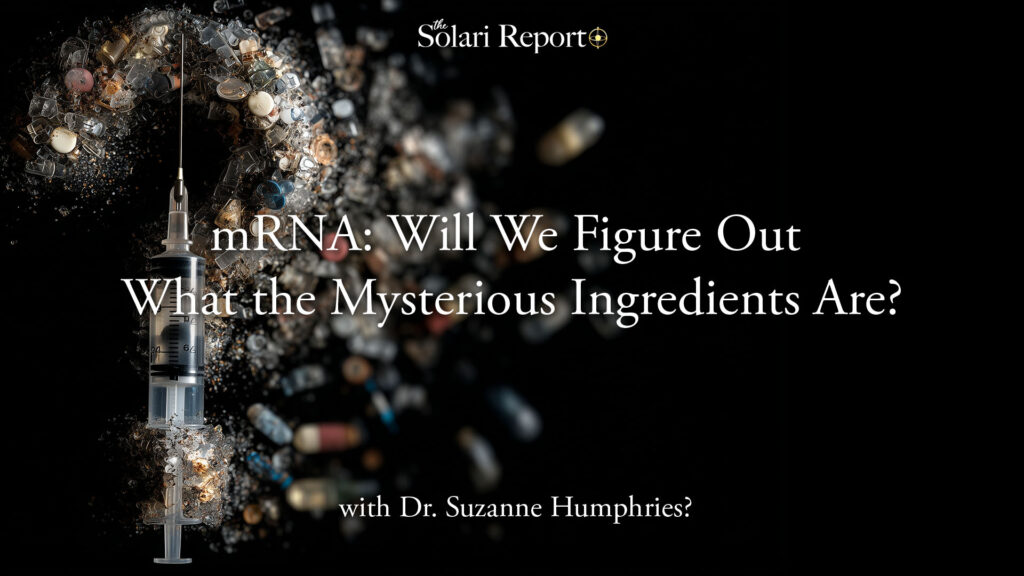


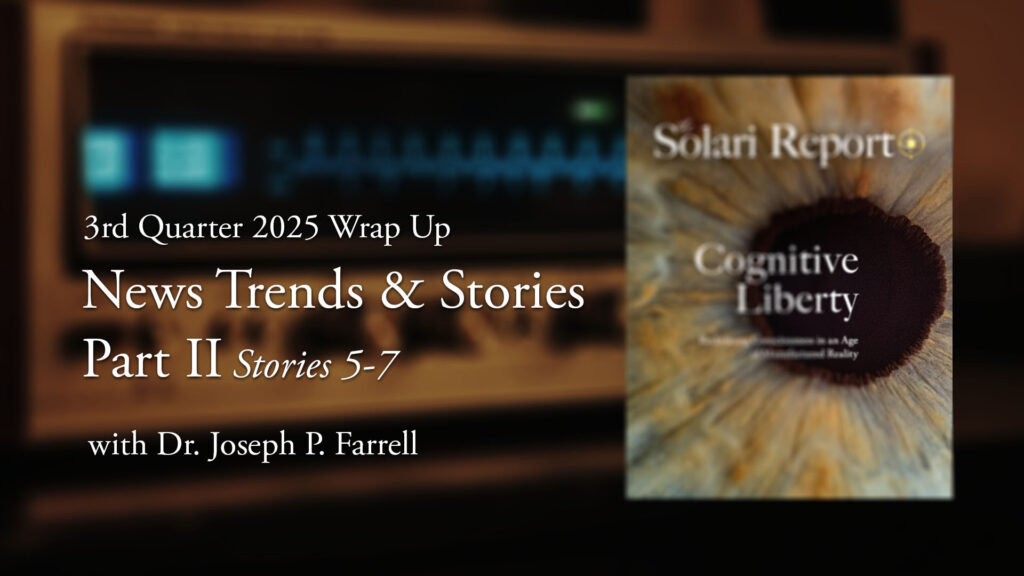
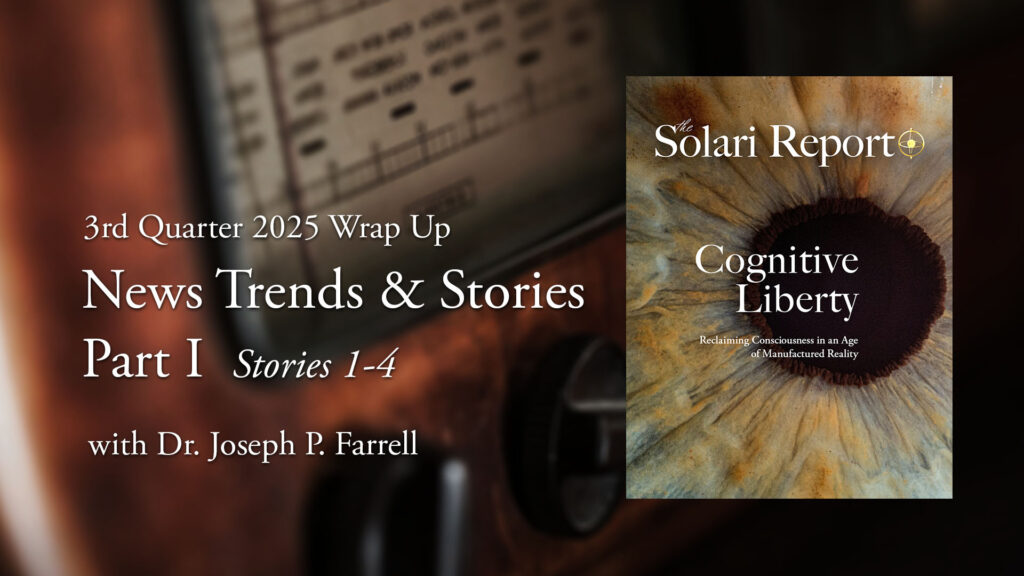


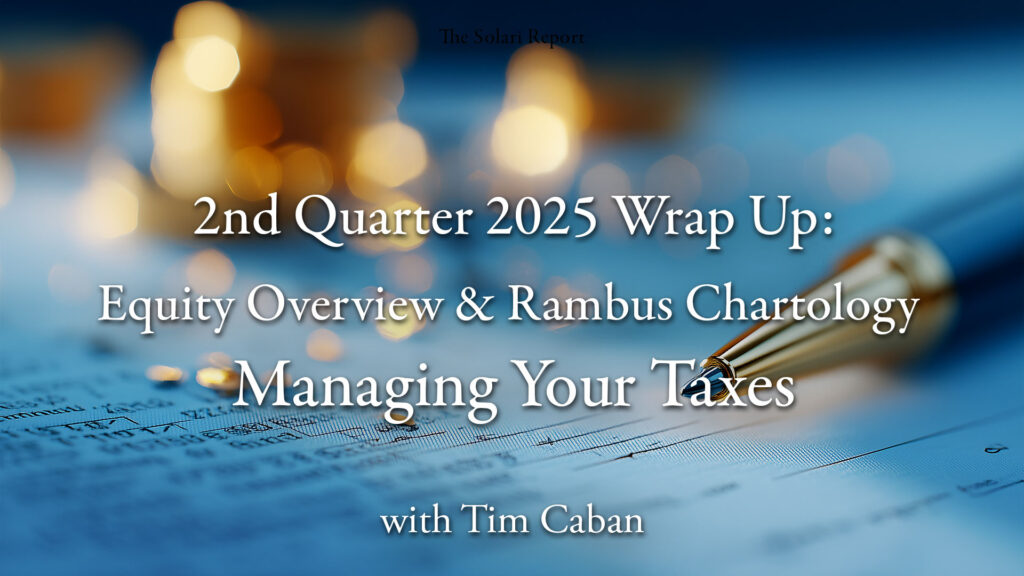

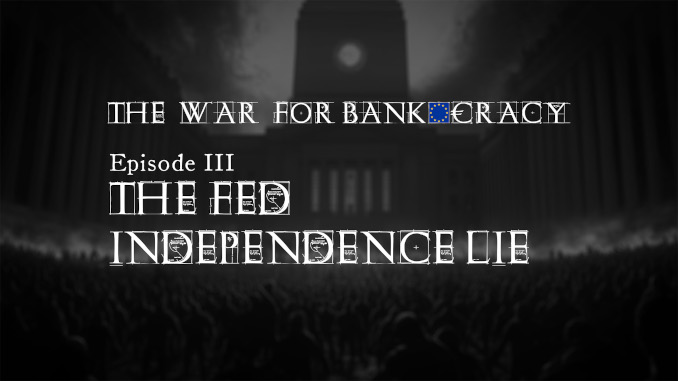
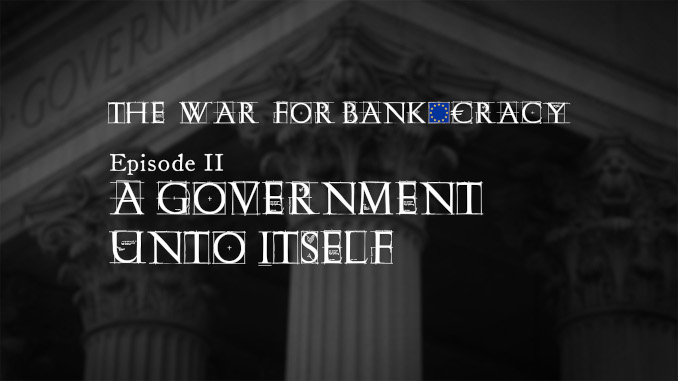
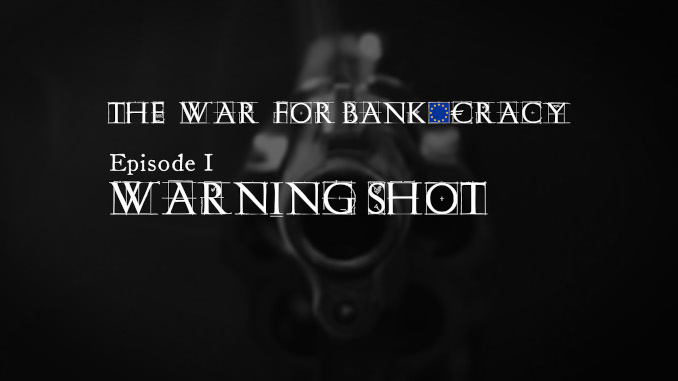


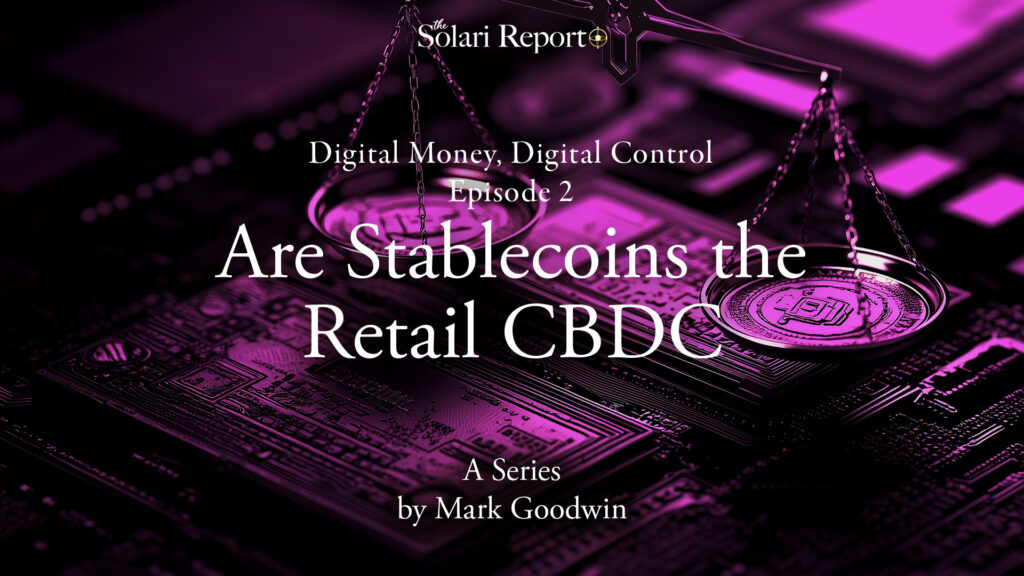
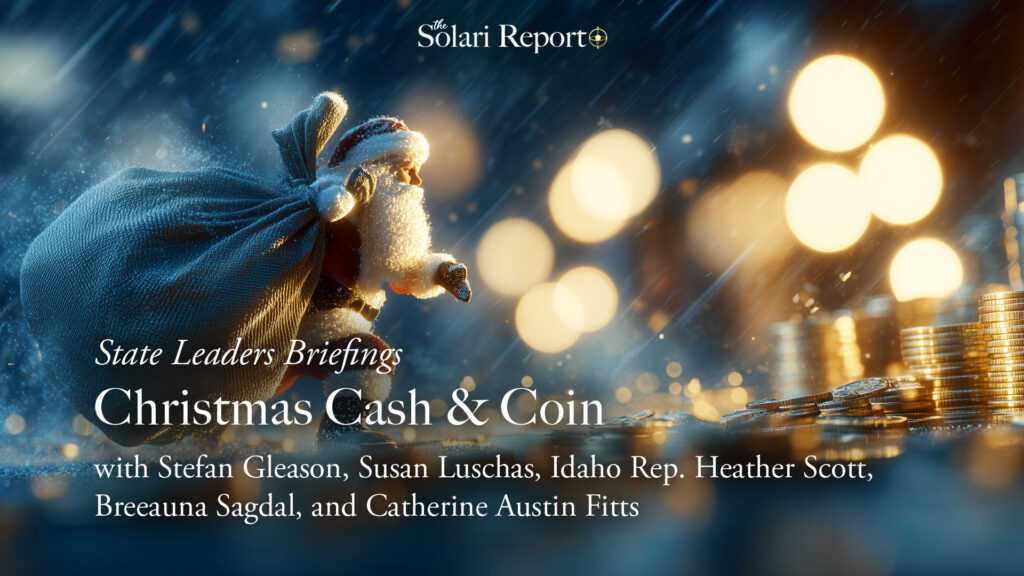
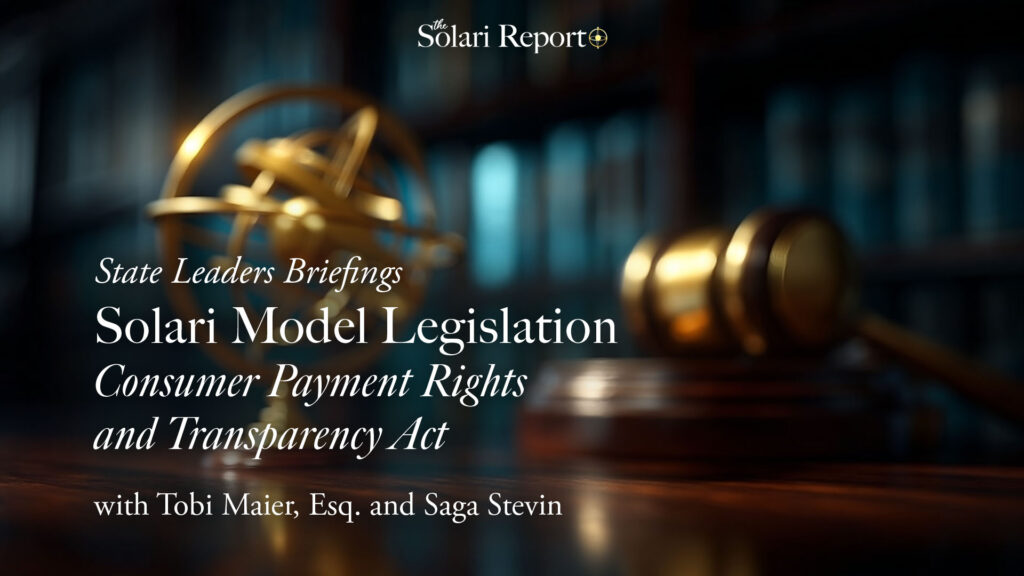

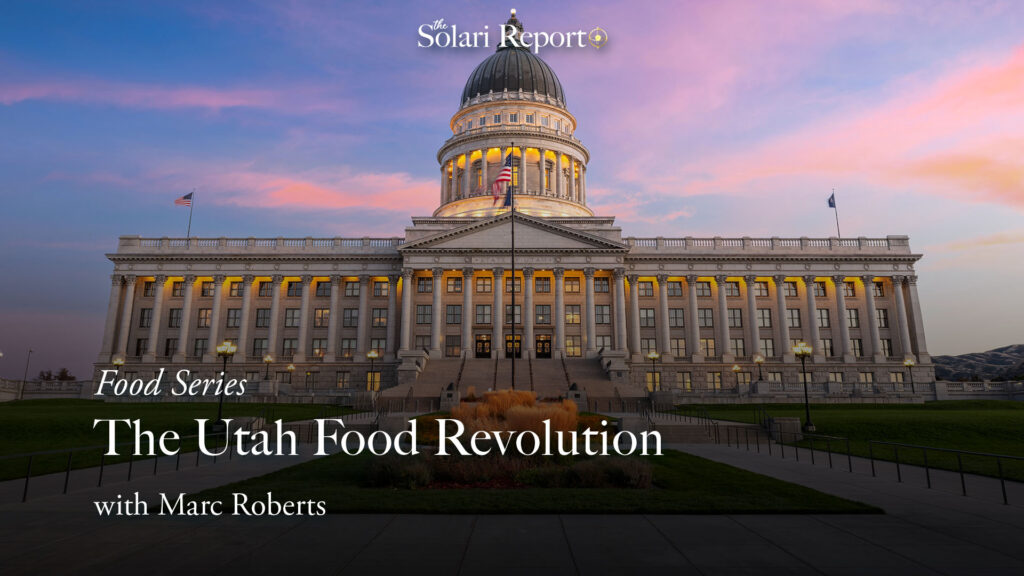












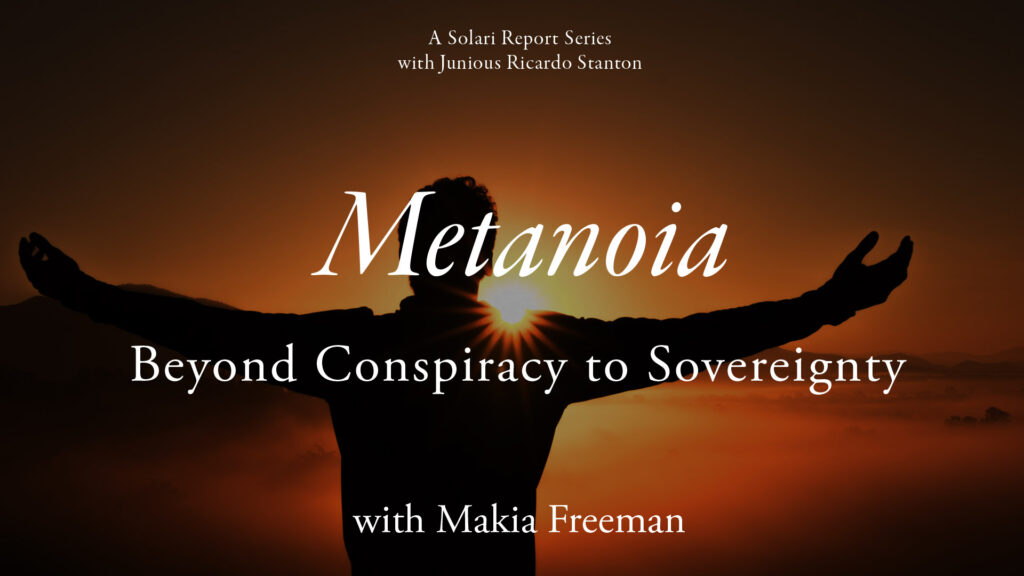
















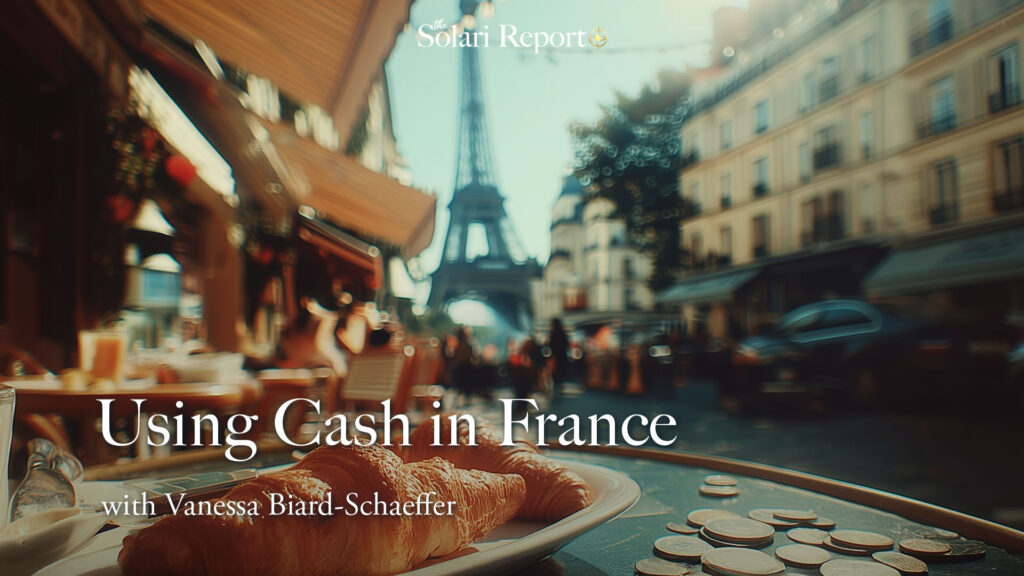













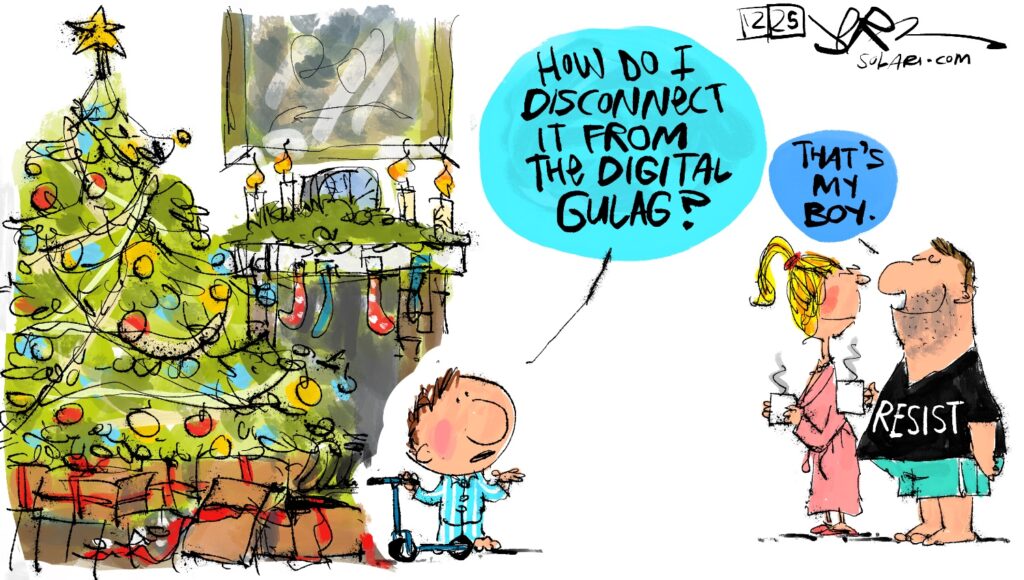
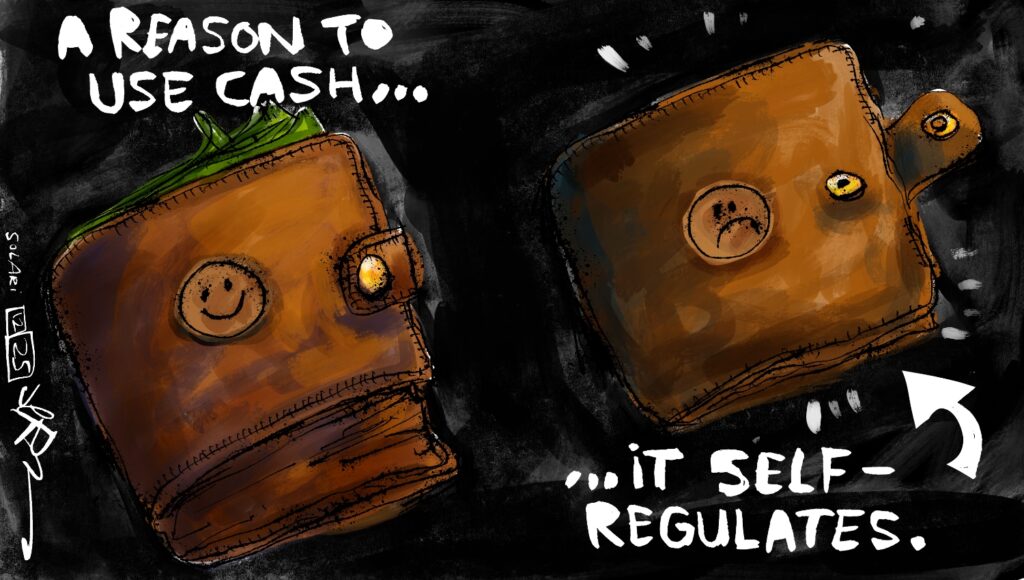
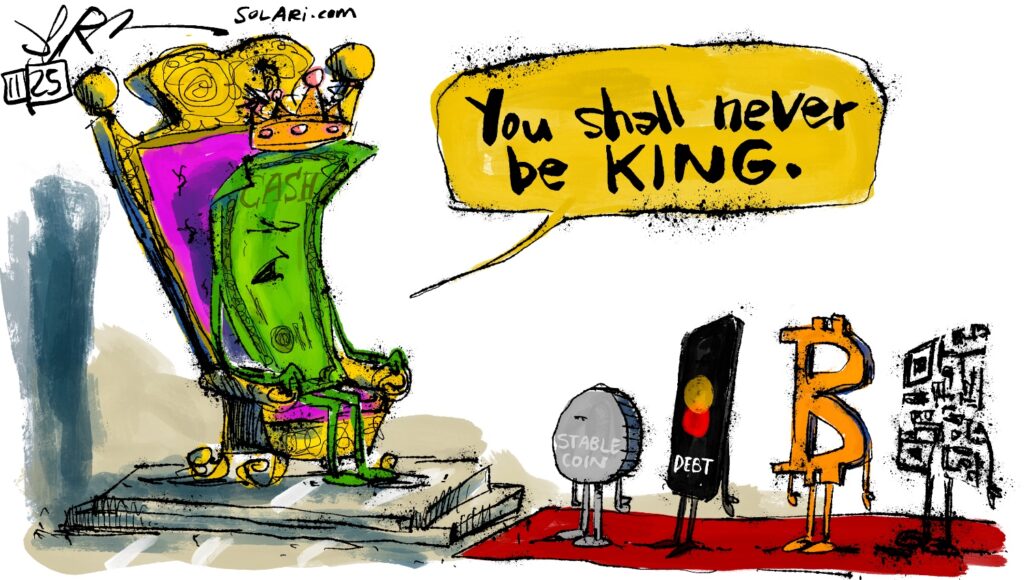
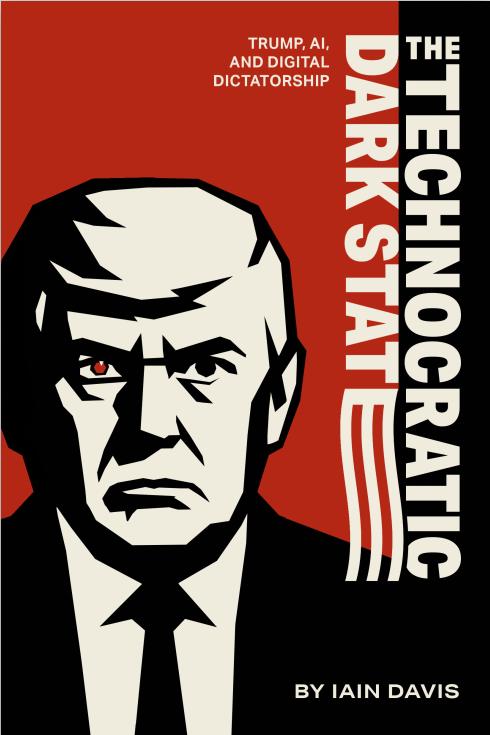
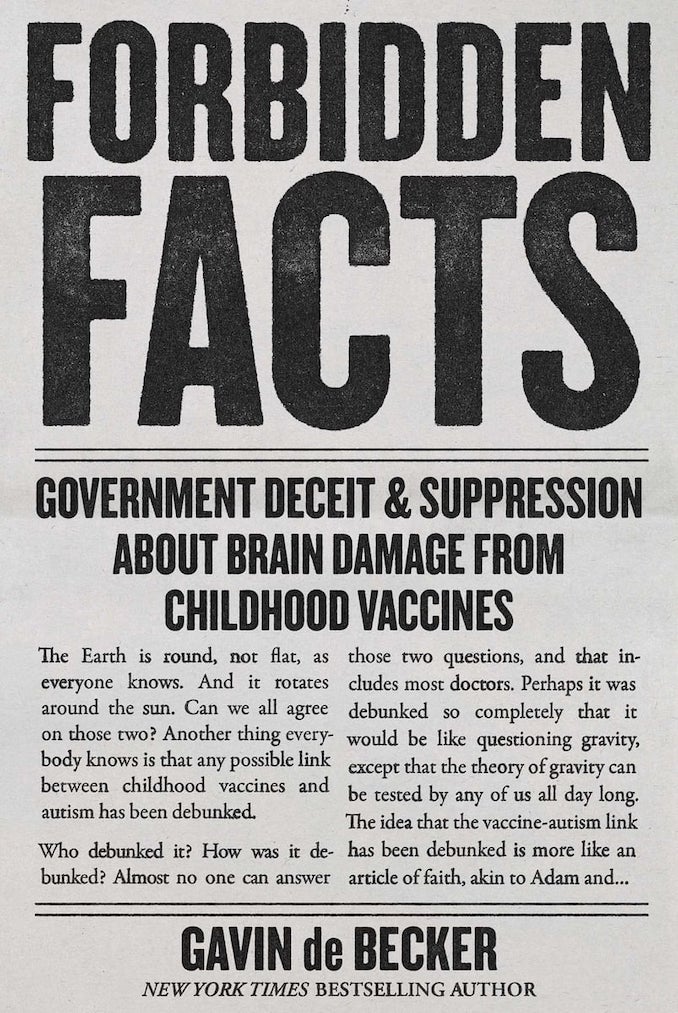

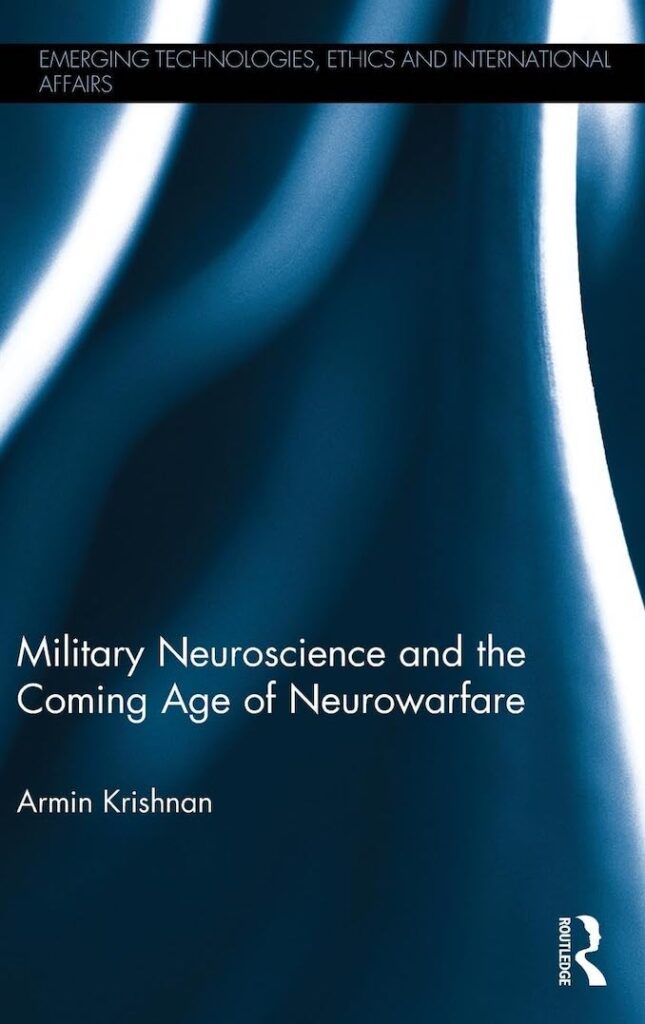
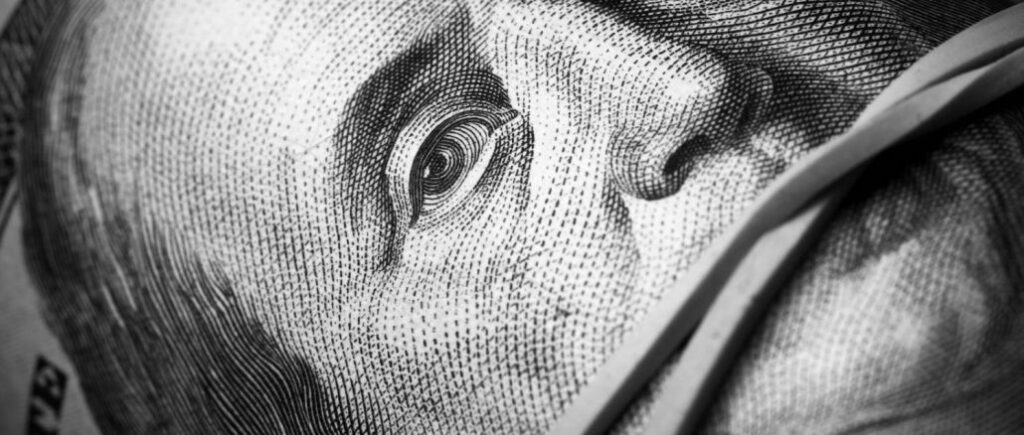












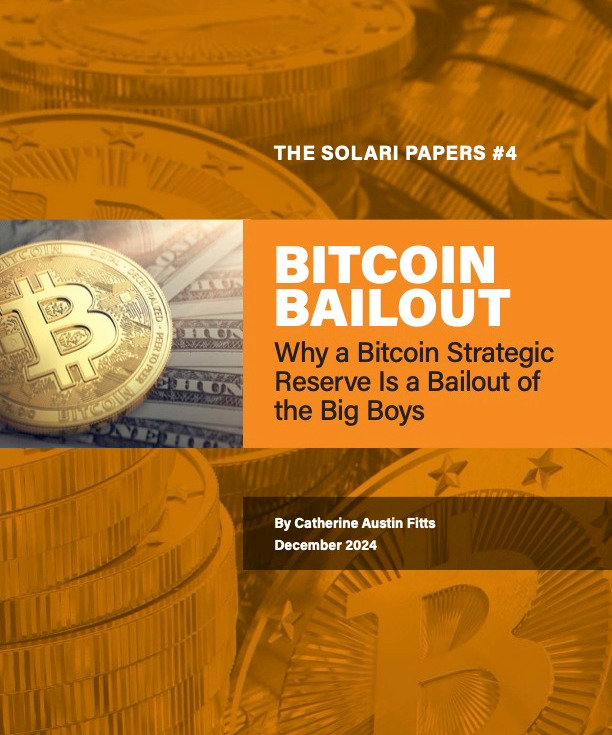

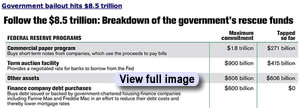

I agree with Smilin’ Jack and Catherine that the only health-conserving attitude at present is to view the scene as the unfolding of an adventure, and that God and cosmos will continue despite all our efforts to eliminate them. I am myself a pessimist because I am unable to believe in the political nostrums proposed by bankers and adopted by O. Someone mentioned Zarlenga’s AMI, and its proposal for taking the money-issuing monopoly away from the “banksters” and giving it back to the govt. where the Constitution puts it (somewhat confusedly, I grant). I believe that is the only right answer to the present collapse of our money system, which had to come because usury, our universal practice, is simply wrong, and it inevitably destroys all peoples who practice it by enslaving the people in unpayable debt. We are vastly overdue on a cancellation of the debt at this point. Professor Michael Hudson makes this point. But I expect neither cancellation nor a govt.-issued money, so we’ll stagger on until something terrible happens. But that’s precisely the adventure I think we have to propose to live through (if we can). Presently the crooks rule us and are very bold about it, but they won’t last forever. I fear “the Jews” made a final decision sometime around 100 years ago to “take over,” and they are near it. But their takeover will ruin them. They cannot construct a world based on hate. Won’t do. Spits in the face of the entire cosmos and the Ruler thereof. Tom White
Critical posts may be useful if we can learn what went wrong, or better yet, learn the signs of “good fruit” vs. “bad fruit”, as Matthew writes (in my opinion) one of the most crucial teachings of Jesus. (Passage also contains “wolves in sheep’s clothing”.) What is clear from Jesus’ teaching is that one cannot tell the worst problems in the short term–the “good trees” from “bad trees”–because the clever hiding is part of “the worst”. And in the longer run, judgement is required. (which is not something that can be completely objectively specified) Mistakes are always possible. (This sounds like the human condition, to me at least.)
And certainly, we would like to know the likely future scenarios. It looks like the “slow burn” is speeding up. (My own slow burn was going to stretch out over say, 30 years.) Also, I live in the Los Angeles area. Big cities look like some of the worst places to be. On the other hand, it is easy to get overly scared. On the other hand, it looks like there will be a large difference between people who have jobs, and those middle class who do not and wind up homeless or close to it. I would think that people caught in the “survival mode” will not have much ability to do good things or look at what is happening to them as an adventure.
Hi Catherine —
In regards to Citibank here is a note I wrote to a colleage of mine (see below0. I am curious if you can comment on how both Citibank and JPM are now saying they are profitable when they are still get bailout money from the gov’t
Begin note to college —
I was looking at Citibank after our discussion today at lunch.
In the Star today:
http://www.thestar.com/article/600051
“I am most encouraged with the strength of our business so far in 2009,” Citigroup chief executive Vikram Pandit wrote in a memo to staff.
“We are profitable through the first two months of 2009 and are having our best quarter-to-date performance since the third quarter of 2007.”
Then I read:
http://solari.com/blog/?p=2258
<>
As I follow the references….
This page links to http://optionarmageddon.ml-implode.com/2009/02/27/creeping-nationalization/
Which looks like has a cut and paste from the WSJ
<>
But when I follow the WSJ link:
http://online.wsj.com/article/SB123573611480193881.html#mod=testMod
None of the above text is in the article. Weird… someone is not telling the truth or is changing the news… It is challenging knowing what to believe.
Hans:
Good question. I will review tonight on the Solari Report.
Catherine
Re: Catherine’s and Smilin’ Jack’s comment: “but I’m not losing hope for the human race.” The problems we are having now are with Western “civilization”. (A better reference would be Western Culture.) There are still many relatively intact cultures left, even significant parts of a number of North American native cultures. The disappearance of most Westerners & our culture will likely be a boon for many of these “primitive” cultures. (I believe Gregory Bateson discusses this question of cultures in _Steps to an Ecology of Mind_ . So does Karl Polanyi in a paper “Our Obsolete Market Mentality”.)
Catherine: I would be very interested to have your views on the American Monetary Act proposed by Steven Zarlenga. This coupled with the 47 minute on line video “Money as Debt” seem to make a compelling case for abolition of the Fed, having our government be the sole creator of our money supply, and for prohibiting fractional reserve banking. Please take a look at these and give us your views. Pennsylvania, prior to the War of Independence issued money successfully for 50 years and Franklin was very proud of its success. Lincoln issued Greenbacks to finance the Civil War.
Wright Patman was a life long critic of private banking at least at the DC level, and favored our government as having the sole power to create money. We badly need someone of your stature and experience commenting on all of this
NY Times February Tally of Bailout Funds:
http://www.nytimes.com/interactive/2009/02/04/business/20090205-bailout-totals-graphic.html?ref=business